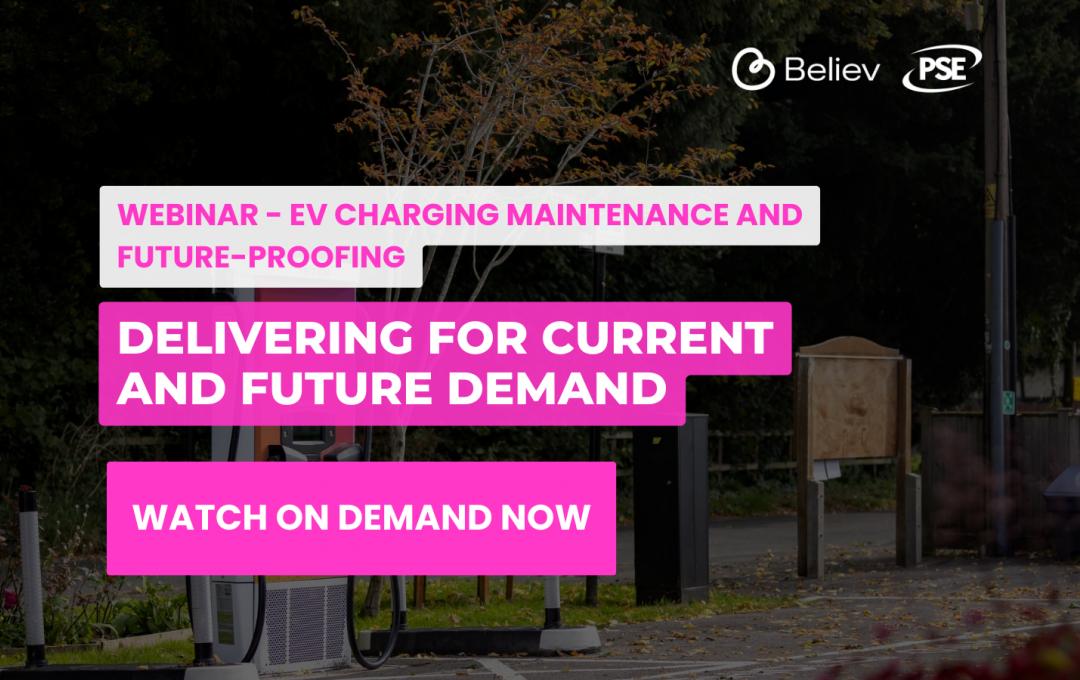Innovate UK is the UK's innovation agency. It drives productivity and economic growth by supporting businesses to develop and realise the potential of new ideas. At Workday Elevate London, Doug Ward, deputy director of business systems and insight at Innovate UK, spoke with Carolyn Horne, President EMEA at Workday. He gave his perspective on digital transformation and offered advice to those on a similar path to change.
Could you introduce yourself and tell us a little bit about Innovate UK and what it does?
I’m Doug Ward, deputy director of business systems and insight at Innovate UK. At the heart of our strategy the main pillars are to involve, inspire and invest in the innovation ecosystem around the UK. As the UK’s innovation agency, it’s our role not just to help change the country, but support innovation across the rest of the government. That position enables us to really drive digital transformation. My team’s vision is to make sure that we build awesome products and services for everyone.
What challenges does a UK government body face, and what are the issues driving change within the public sector?
Making sure you spend public money effectively means there’s a lot of checks and balances. We make sure that, hand on heart, we’re adding value on every single process we do, as every decision that we make must stand up to public scrutiny. This requires taking time to allow for decision making at the correct level. We’ve got amazing leaders that guide us through change, enabling our delivery of quality outcomes faster.
We have built expertise in-house, through creating inspiring roles that directly contribute to our vision. So rather than having to do extra steps like contracting third parties or writing statements of work, we’re able to talk directly to the developers and get them to achieve transformational change at the pace we want to go at.
What was the main catalyst for change within the finance and HR functions?
We had lots of disparate, legacy, on-premise systems. Audit findings highlighted gaps in some of our processes. For example, using hundreds of Excel sheets to track information, and even some grants were still paper-based. We followed the government's technology principles such as cloud-first and focusing on our users which demonstrated the case for change. This culminated in the opportunity to bring those two functions together whilst implementing some world-leading technology.
“Every single pound we spend, we need to demonstrate the impact to the UK economy. That kind of top-down pressure, as well as people asking for information, has really led to data being used in every team for almost every decision.”
Doug Ward, Deputy Director of Business Systems and Insight, Innovate UK
What payroll solution did you have previously, and how and why did the payroll implementation increase collaboration between finance and HR?
When it came to payroll, we had two separate systems. Having already got Workday as our HCM and finance solution, it made a lot of sense to bring payroll into the middle. It really helped bridge the gap between two functions that, let’s say, had challenges in their ways of working. Finally bringing together budget tracking and everything into one tool meant that we could get a full view of what was going on in the organisation.
How are things better now and what sort of impact has Workday had on your business?
Collaboration has improved across the organisation. Because HR, finance, and project teams are all on the same tool, we’re able to keep a record of what we’ve been up to. We can see clear goals rolled out at the organisational level and then everybody can see how their piece fits into that overarching picture. They’re also linked down to different directorates, and they’ll have their own specific targets that we can track and manage through Workday.
Also things like the Workday Assistant for being able to book holiday and leave is so much simpler than having to book invites on calendars or meet managers or go through paper-based processes. It sounds like a small thing but that affects every single person in the organisation. Quite often, with HR and finance transformations, they only touch a small population of those teams.
Similarly, the performance and appraisal system is great, everyone gets to track how they are performing against their goals and update them through the year. We have much more regular touchpoints with the system than we ever did before, and it’s really helpful that that’s all in one place, and employees can just go to that one-stop shop and find what they want to do, and everyone’s really enjoying that.
“Workday has given us a single source of truth for our finance records and HR systems. We now use that to create executive management team dashboards, where we can really see the current size and shape of the organisation.”
Doug Ward, Deputy Director of Business Systems and Insight, Innovate UK
And what about when it comes to data?
We are a really data-rich organisation. We come from a background of engineers and academics who are constantly after more information. Every single pound we spend, we need to demonstrate the impact to the UK economy. That kind of top-down pressure, as well as people asking for information, has really led to data being used in every team for almost every decision.
Workday has given us a single source of truth for our finance records and HR systems. We now use that to create executive management team dashboards, where we can really see the current size and shape of the organisation. Historically, there’s always been a challenge around trusting information and whether it’s accurate, especially as there are challenges such as who entered that data in the first place, how it gets into the system, and how it’s tracked. The ability for cost centre managers to see what their up-to-date spend is or to get visibility with easy reporting is definitely closing that gap and helping to increase trust in our data.
And how did the solution benefit payroll regulations?
We were able to clearly report on what we’d done. Everyone has instant access to their payslips, so issues or errors that were detected are quickly highlighted to the central team to fix. This new process significantly reduced the amount of errors. We were also able to do final payments later in the month, enabling much more flexibility with the system. Things like stop letters or new tax code notifications were applied later in the month than they had ever been before, which made us much more compliant with some of the regulations.
How did you go about instilling change within the organisations? Did you come up against any doubters?
We have a digital delivery and change team that works alongside the IT, finance and HR teams. We built multidisciplinary delivery teams to think more broadly about what we needed and this helps to bring the business along with us.
Another way that we manage change at Innovate is probably a little bit different to some others. We’re not afraid of rolling out new features to teams to get them to experiment with them. That enables everyone to feel like they’ve been part of the design and the delivery, which has really helped to accelerate adoption. Sandboxes are a great way to do that!
“When it came to payroll, we had two separate systems. Having already got Workday as our HCM and finance solution, it made a lot of sense to bring payroll into the middle.”
Doug Ward, Deputy Director of Business Systems and Insight, Innovate UK
You’re also deploying Workday Adaptive Planning, what benefits will that bring to Innovate UK?
As a government agency, we regularly need to do in-year cash management, budget planning, and continually do four-plus-eight updates to our forecasts to see where we are spending. We manage a huge amount of money with our grants. This means we need to be aware of the forecasts, alongside how much money we think people are going to claim each month. We need to make sure that we’ve got enough cash in the bank to pay that kind of amount. With financial planning, we’ll be able to look at these different models, take inputs from different places, and arrive at a much more accurate view for both those accruals, but also make sure we’ve got enough money to pay everybody.
What advice would you give to other public sector organisations about to embark on a similar transformation journey?
Let people play with the product, experiment with it and get their hands on how it works. It really helped to drive adoption. I think certain teams who were a little bit scared of tech or scared of change were initially resistant. And then when we started to get those features into their hands and they could see the power of the tool, they really opened up. Getting people excited about the technology, articulating a clear vision for the future and being really engaged is the best way to help people really embrace change.



















